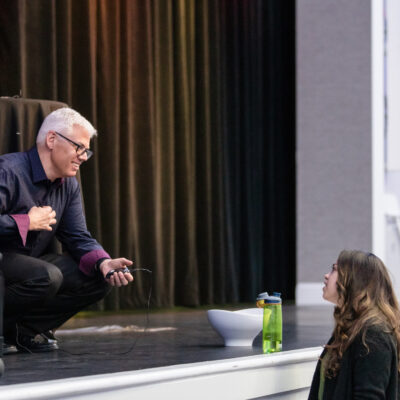This is the last video in our series on building trust through language choice.
In our first segment, we explored choosing your language. Then, in part two, we discussed leaning away from that choice as a means to connect. Today’s focus? Speaking the language of others.
A first step is to work to speak the languages that are opposite yours. In my case: stability and accuracy. I need to embrace details, concrete data and clear rationale for the accuracy-speaker. Speaking stability will honor gradual shifts, making space to reflect, and being careful about change.
That’s just one example – what I like about the DiSC model is how easy it is to understand the eight priorities, and consider the language that reflects them. Watch the video for a couple more examples.
Determining someone’s language involves observation. The steps were introduced in the first video: Consider their pace. Are they fast-paced and assertive? They might lean towards languages like enthusiasm, action, or results. If they’re more moderate and calm, they likely favor stability, accuracy, or support.
Also, gauge their level of acceptance. Someone warm and agreeable may gravitate towards collaboration and support. A more skeptical, questioning individual might lean towards challenging, results-oriented, or accurate communication.
Understanding these nuances can prevent us from leaning too heavily on our habitual ways of speaking, considering instead how others prefer to communicate.
I hope this series has been enlightening. Although we haven’t delved deeply into DISC here, I’d love to discuss them if you’re interested. Just let me know, and we could spend a lot of time exploring it further. For now, let’s apply what we’ve learned to better connect and build trust.

Thanks for reading,
Alan Feirer


Leave a Reply